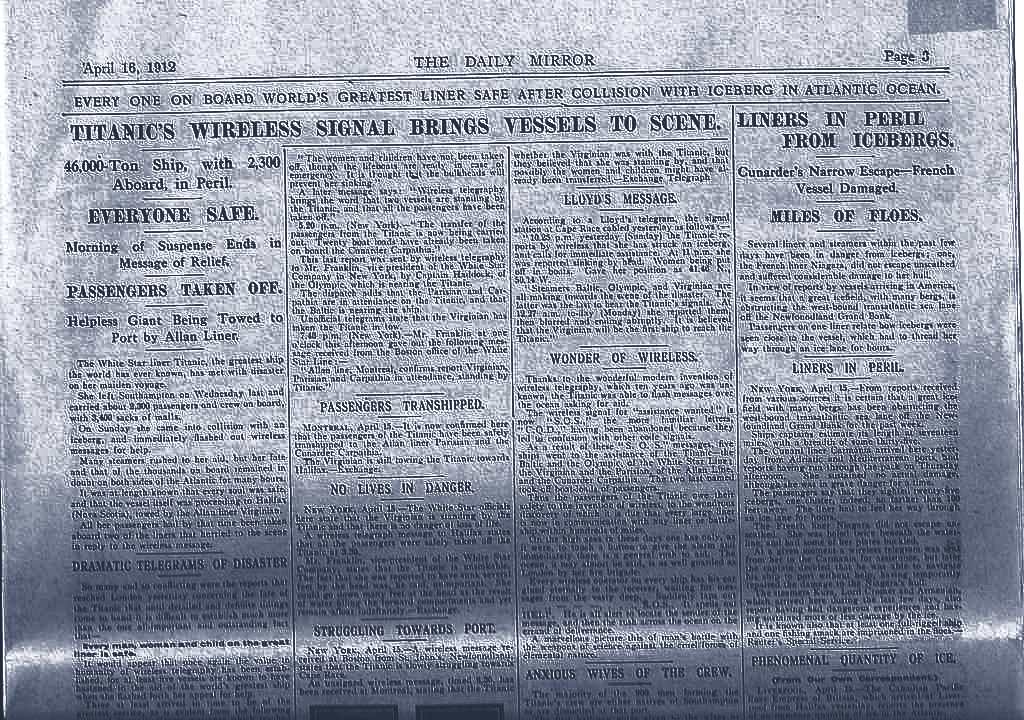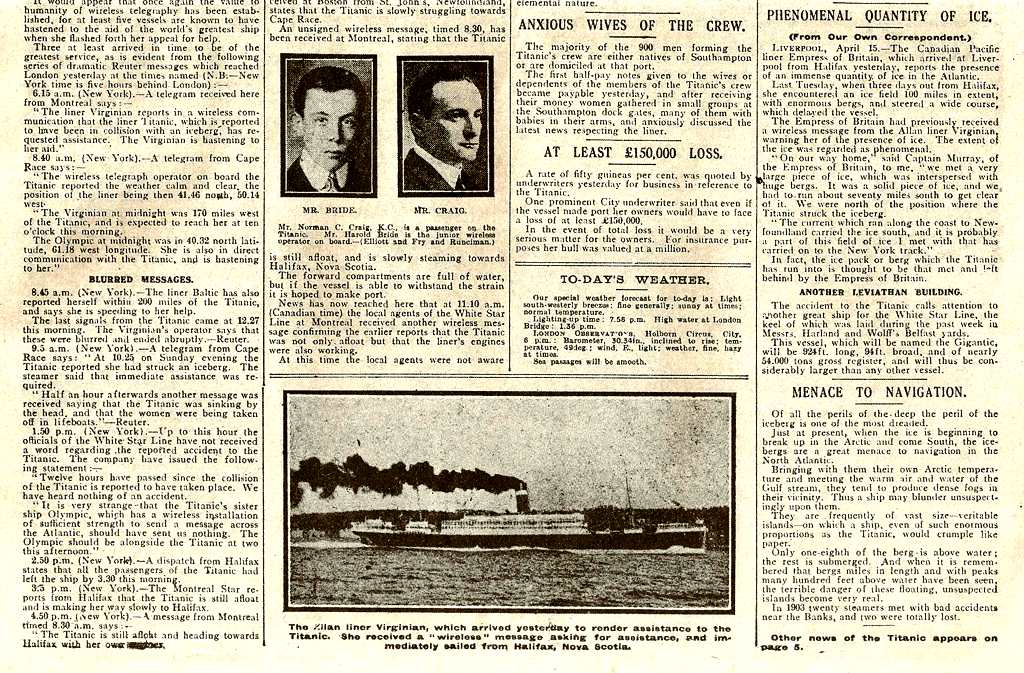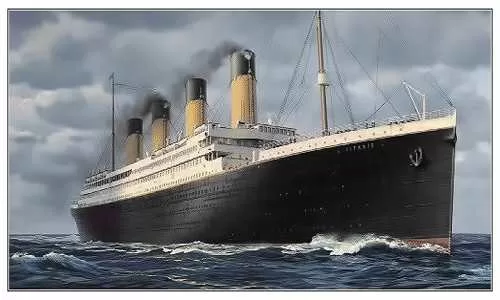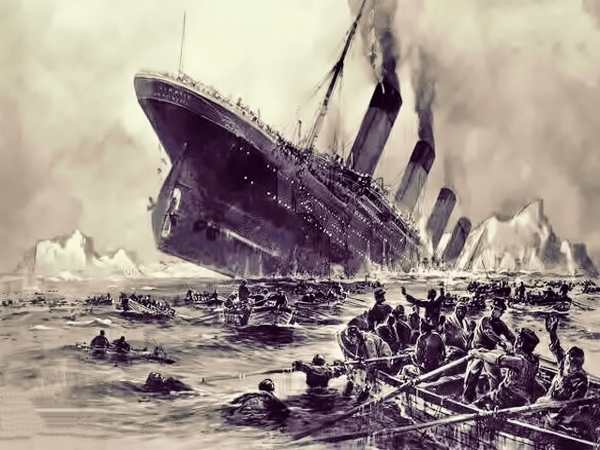The Titanic’s tragic sinking in 1912 remains one of the most talked-about maritime disasters in history. Yet, beyond the heartbreaking loss of life, the disaster also gave rise to a flurry of misinformation and reporting errors that left many confused. The race to cover the news led to widespread mistakes, some of which became infamous examples of the media’s struggle to get the facts right during a rapidly unfolding crisis.
The Launch of the Titanic: A Triumph of Engineering
Built in Belfast by Harland and Wolff for The White Star Line, the RMS Titanic was the largest ship afloat when she launched in 1911. Her design boasted luxury and advanced engineering, which led many, including her creators, to believe she was unsinkable. On April 10, 1912, the Titanic left Southampton for New York, stopping briefly in Cherbourg, France, and Queenstown (now Cobh), Ireland, to pick up passengers.

However, at 11:39 p.m. on April 14, lookout Frederick Fleet spotted an iceberg directly ahead. Despite evasive maneuvers by First Officer William Murdoch, the ship struck the iceberg on her starboard side, tearing through her steel plates and popping rivets. By 2:20 a.m., just under three hours after the collision, the Titanic had sunk, leaving over 1,500 passengers and crew dead.
The Media Frenzy: Misinformation and False Hope
As news of the disaster spread, newspapers scrambled to provide updates, often relying on incomplete or incorrect information. One of the most notable errors came from the Daily Mirror on April 16, 1912. The paper reported that the Titanic had collided with an iceberg but reassured readers that “every soul was safe” and that the ship was being towed to Halifax by the liner Virginian.

Imagine the shock of families, anxiously awaiting news of their loved ones, reading that every man, woman, and child on board had survived when, in reality, the ship lay at the bottom of the Atlantic. The report continued, falsely stating that all passengers had been transferred safely to other liners. The gravity of the disaster, marked by unimaginable loss, was temporarily overshadowed by false hope created by this misinformation.
The “Unsinkable” Ship: Misleading Statements from White Star Line
The confusion wasn’t limited to newspapers; officials from the White Star Line also contributed to the misreporting. Philip Franklin, vice president of the company, infamously declared, “The Titanic is unsinkable.” He dismissed reports of the ship sinking as unimportant, citing the belief that she could stay afloat indefinitely, even with some flooding. This echoed the marketing narrative that had surrounded the Titanic since her launch, underscoring her as a marvel of modern shipbuilding.

The media amplified these reassurances, further confusing the public. With no social media or rapid communication methods of today, misinformation spread easily, often filling the gaps left by a lack of reliable updates.
Visual Mistakes: The Media’s Scramble for Images
The media also made visual errors in their rush to cover the Titanic story. Many newspapers published images of other four-funneled liners, such as the RMS Olympic, mistakenly labeling them as the Titanic. The most significant mistake involved the ship’s fourth funnel, which was added primarily for aesthetic purposes and did not serve the engines. Unlike the other funnels, it functioned as a ventilation shaft and rarely emitted smoke.
Despite this, newspapers frequently depicted the fourth funnel as smoking heavily, a clear inaccuracy that persisted in illustrations and advertisements. Even White Star Line advertisements were altered to add smoke, creating a misleading image of the ship’s appearance. Before the digital era of Photoshop, artists manually edited photos to fit narratives, further blurring the lines between fact and fiction.
Reflecting on the Titanic’s Legacy of Errors
The Titanic’s sinking was a catastrophe of epic proportions, and the errors in reporting only added to the chaos of those tragic days. Misinformation not only misled the public but also fueled rumors and false narratives that lingered long after the ship sank. While modern technology has improved the accuracy and speed of news dissemination, the Titanic’s story serves as a powerful reminder of the importance of verifying facts, especially in times of crisis.
Today, the Titanic is remembered not just for her size, luxury, and tragic end, but also as a case study in how quickly false information can spread—and the lasting impact it can have on history.

